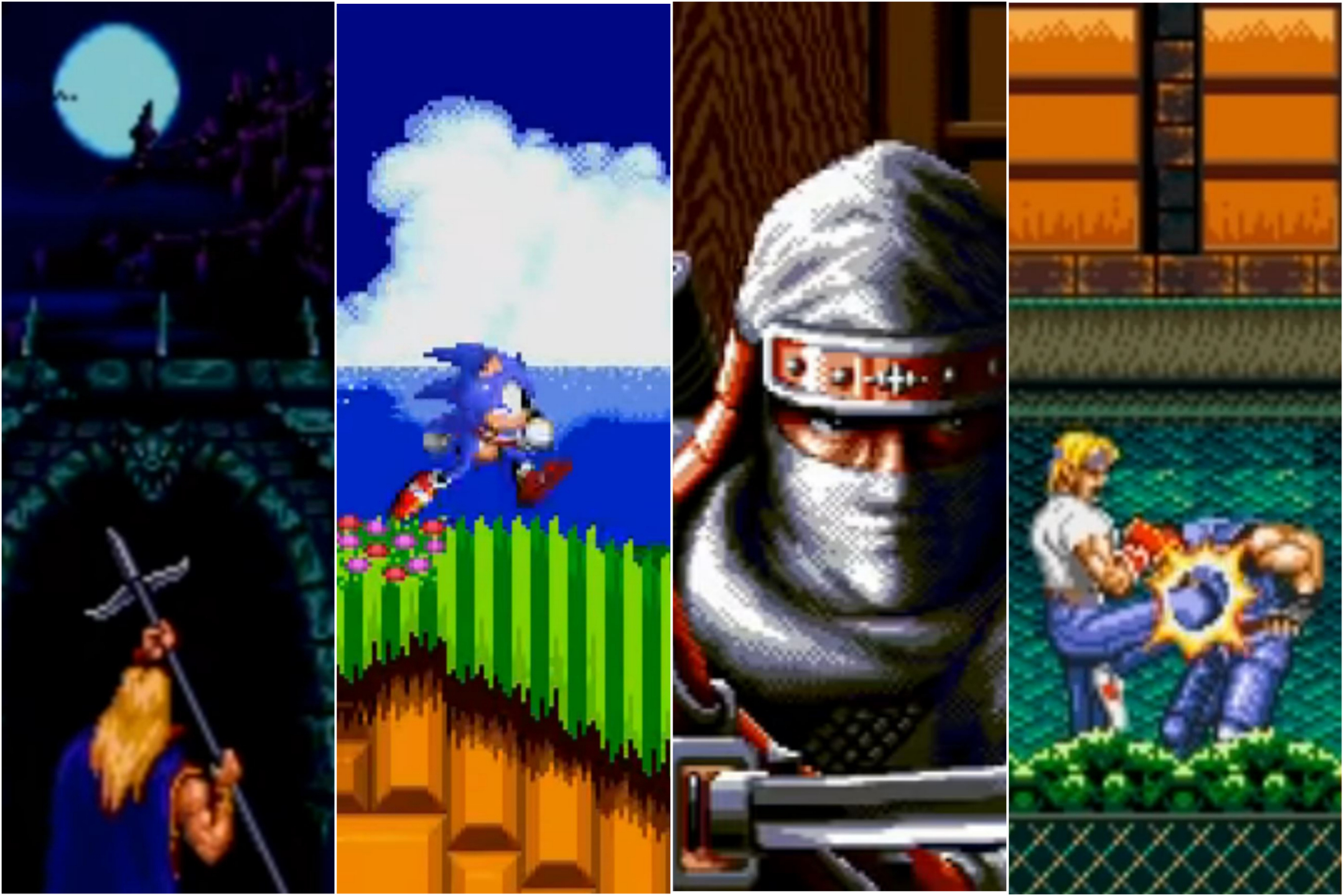In 1991, Nintendo controlled an astonishing 85 percent of the American video game market. With the then-recent release of the SNES and classic titles like Super Mario World and The Legend of Zelda: A Link to the Past, Nintendo looked to dominate the gaming landscape for years to come. However, Sega (then a struggling arcade game manufacturer) had other plans.
The Sega Genesis couldn’t quite match the power of the SNES, and it certainly didn’t have the name recognition as Nintendo’s new console. However, thanks to its speedy blue mascot, a slew of excellent arcade ports, and a marketing strategy that focused on older gamers, the Genesis gave the Super Nintendo the competition it sorely needed. Of course, we all know things didn’t pan out for Sega in the end.
It’s been 20 years since the company exited the hardware market, but for a brief shining period, Sega reigned supreme over the gaming landscape with one of the best console libraries ever assembled. In honor of the impact of that library, here are the 15 best Sega Genesis games ever.
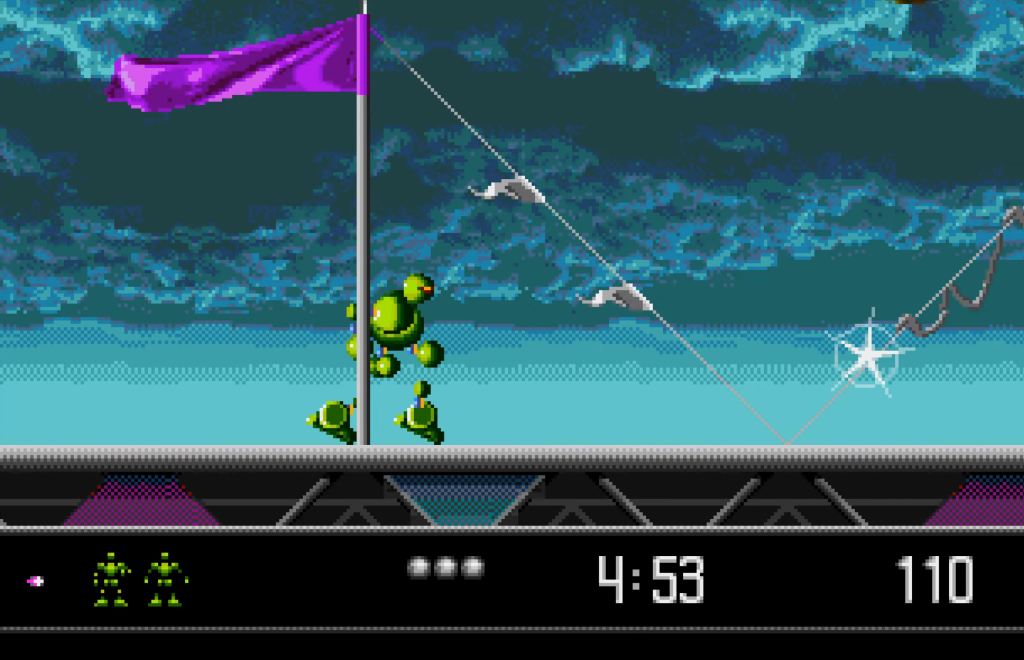
15. Vectorman
Ironically, we start near the end of the Sega Genesis’ lifespan with what is arguably the console’s last great game. By 1995, most gamers had already turned their attention to the Sony PlayStation and Sega Saturn. Nintendo had just shown there was still life in the SNES with then-revolutionary graphics of Donkey Kong Country, and Sega badly needed a response.
Their answer was Vectorman: an action platformer that used “vector piece animation” to animate the main character with 23 individual sprites rather than just one big sprite. If that sounds gimmicky, that’s because it totally was. Yet, there’s no denying the art style has aged better than most 16-bit games, and Vectorman still remains one of the more enjoyable platformers on the Genesis thanks to the quality of its lengthy and varied campaign.
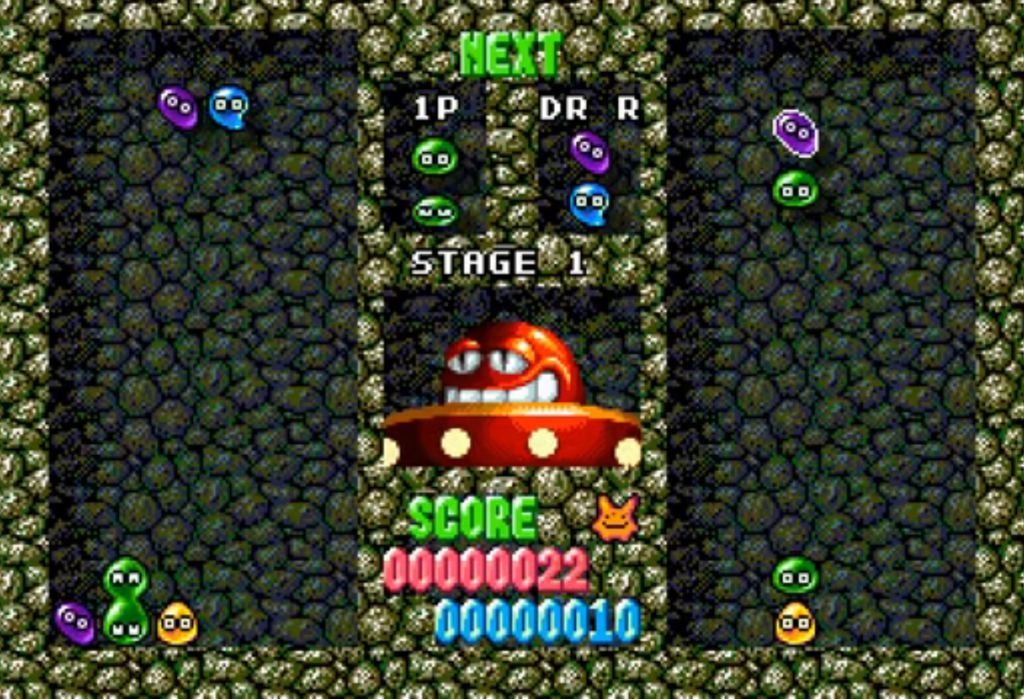
14. Dr. Robotnik’s Mean Bean Machine
Puyo Puyo is one of the most beloved match-four puzzle games of all time, but when it was time to bring the game to the West, Sega felt that it could use a Sonic-sized injection to boost sales, so they slapped the blue blur’s archnemesis on the cover and shoehorned in a respectable (if overly difficult) story mode.
As with most puzzle games, the real star here is this title’s wonderful multiplayer mode. This title’s core Puyo Puyo gameplay is still incredibly addictive, and the Dr. Robotnik aesthetic actually does give the game more character than if Sega had stayed closer to the source material.
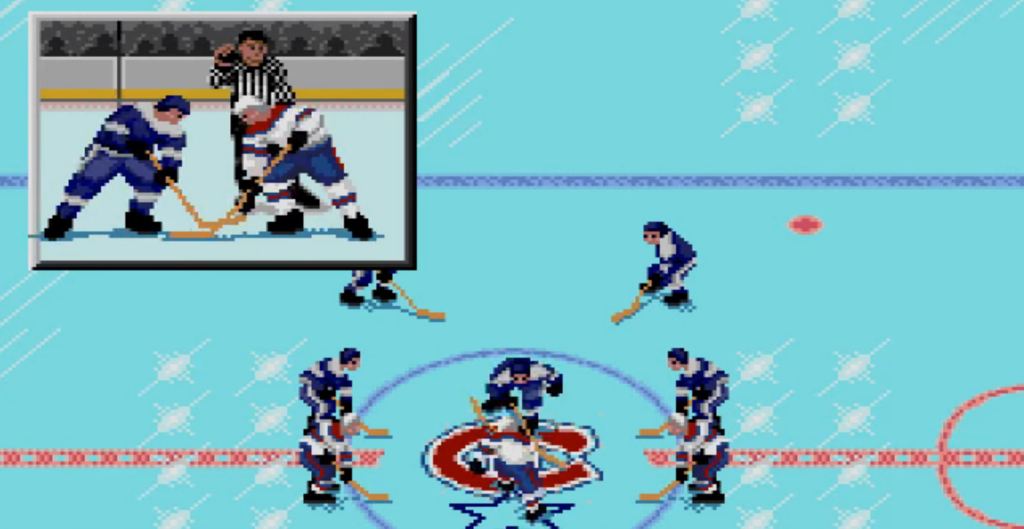
13. NHL ‘94
With their annual release schedules and minimal yearly improvements, it’s rare to see any sports title come close to making a respectable list of any great console’s very best games. However, all the stars aligned just right for NHL ’94. It’s that special kind of sports title that stands the test of time.
Granted, NHL ’94 is not the most feature-rich game, but the action on the ice features just the right mix of realism and arcade speed needed to make every game feel unique. Presentation-wise, the arena-specific organ music and goal horns remain iconic. There’s a good argument to be made that no other hockey title’s gameplay has really matched what NHL ’94 delivered. EA’s decision to re-release the game for modern consoles in 2020 only verified how special this game really is.
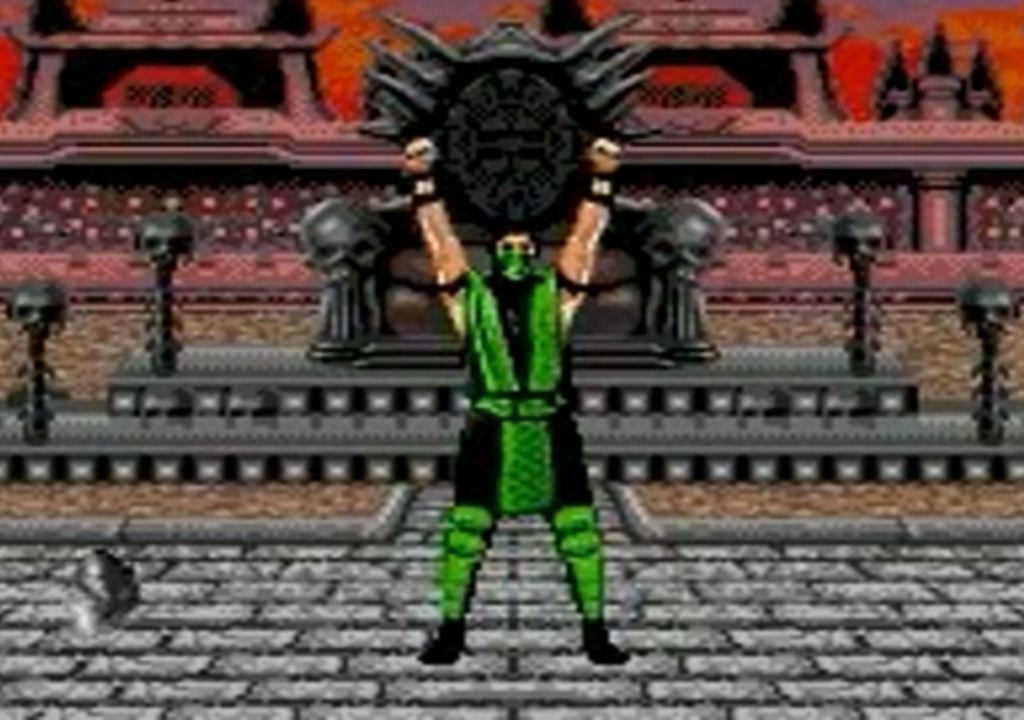
12. Mortal Kombat 2
Even after so many incredible Mortal Kombat experiences, many gamers still say that Mortal Kombat II is the best and most balanced entry in the long-running series. As you’ve undoubtedly figured out, I also happen to think that the Genesis port of the arcade game is one of that console’s absolute best experiences.
All the characters, stages, fatalities, and secrets from the arcade version of the title are all here, and the Genesis’ six-button control offered the perfect way to experience this landmark fighting game in the comfort of your home. Granted, some will argue that the SNES port is still superior. That’s really debatable. Each version has its merits, and, regardless of your preferences, the Genesis version of Mortal Kombat II is one of the very best fighters and arcade ports on Sega’s revolutionary console.
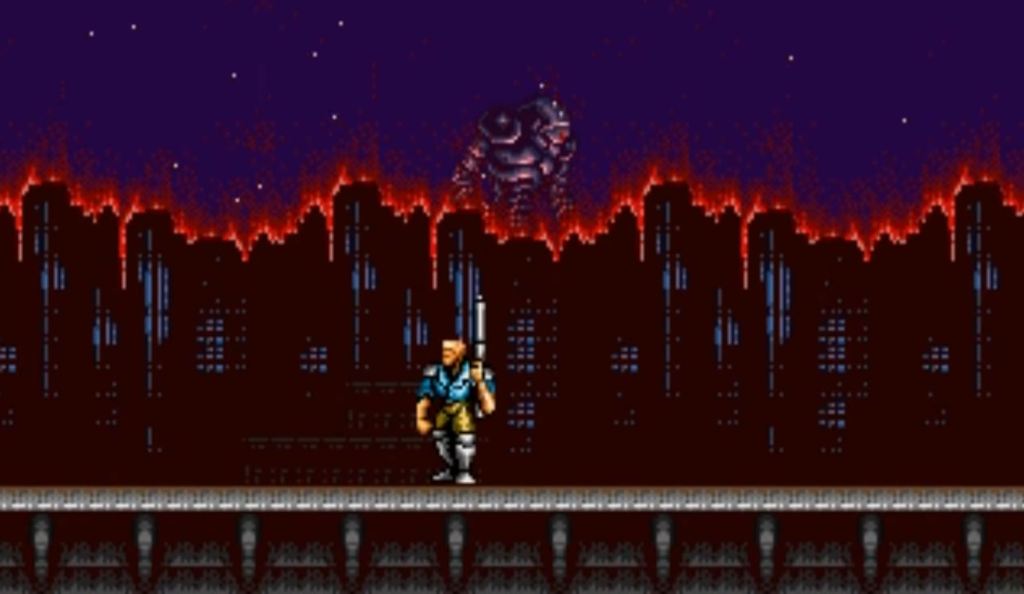
11. Contra: Hard Corps
During the 16-bit era, it was much more common for each console to get major exclusives, or, at the very least, radically different versions of the same game. This was largely due to the significant differences in programming for the Genesis and the SNES. So, while the Super Nintendo received the excellent Contra III: The Alien Wars, Sega’s console received a Contra game that’s arguably even better.
Contra: Hard Corps obviously features the series’ staple run and gun gameplay, but benefits from some of the best music in the series, a then-unprecedented roster of four playable characters, and a branching storyline with multiple paths. Honestly, it might still be the best Contra game ever made.
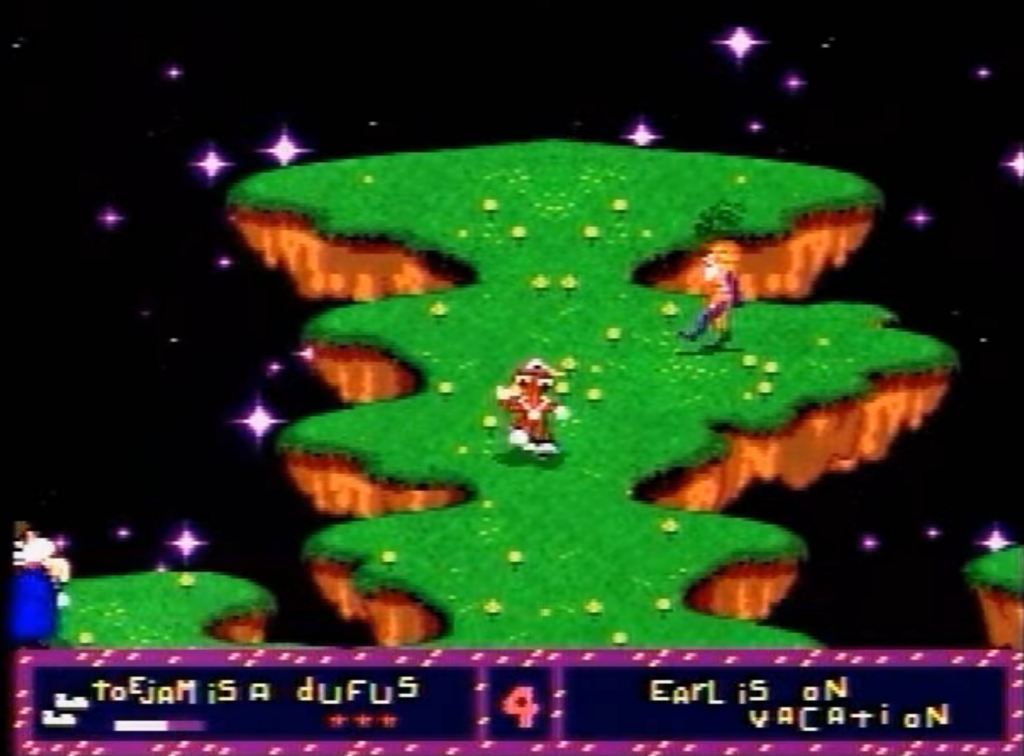
10. ToeJam & Earl
After all these years, it’s still difficult to classify ToeJam & Earl. It’s part roguelike, part platformer, an early precursor to modern adventure games, and just an all-around hilarious, bizarre, and funky good time. It remains one of the more unique titles on the Genesis, and it holds up fairly well today thanks to its humor, one of the best soundtracks ever, and an innovative co-op mode.
Despite benefiting from strong critical praise at release, ToeJam & Earl‘s initial sales were sadly lower than expected. A few additional ToeJam & Earl adventures were eventually released, but they sadly failed to capture the charm and originality of the first game. As time goes on, it’s easier to appreciate this title as the truly special experiment it very much was.
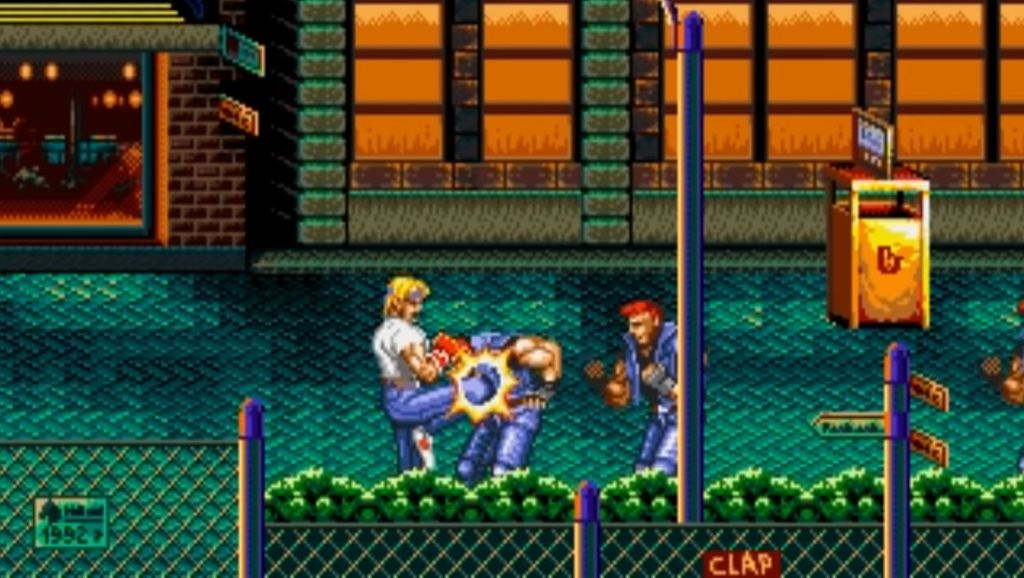
9. Streets of Rage 2
Beat ‘em ups were a dime a dozen in the early ‘90s. Even in such a crowded genre, though, Streets of Rage 2 stood head and shoulders above its competition.
Part of this game’s brilliance can be attributed to Sega’s familiarity with the Genesis hardware by 1992. The game’s development team understood how to squeeze every last ounce of power out of the machine at that point, resulting in some of the biggest and most colorful sprites of the time. They even managed to get one of the best soundtracks of the decade out of the Genesis’ underpowered sound chip.
Beyond the colorful aesthetics, Streets of Rage 2 just plays more smoothly than so many other beat-’em-ups. Even now, you can grab a friend, a pizza, and a copy of Streets of Rage 2, and you’ll be set for a great Friday night.
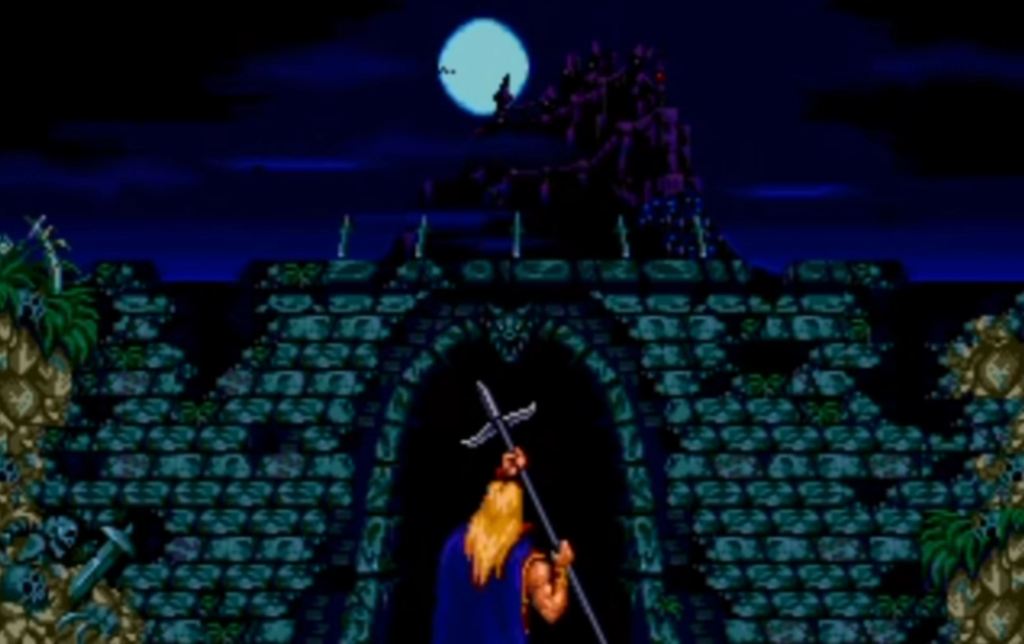
8. Castlevania: Bloodlines
Bloodlines was the last Castlevania game Konami released before the series went full Metroidvania with Symphony of the Night. As you play the game, you’ll soon figure out that Konami wasn’t quite sure about the future direction of the franchise. Neither of Bloodlines‘ two playable characters are even named “Belmont,” and instead of taking place completely in Dracula’s castle, Bloodlines’ six sprawling levels are set across Europe. While Bloodlines‘ gameplay is firmly planted in the earlier Castlevania games, it’s certainly a bit faster than what came before.
Normally, a game with that kind of identity crisis would be a recipe for disaster. With Bloodlines, though, nearly every change and new idea ultimately not only works but works so well that you’ll find yourself wishing there were more Castlevania games like it. Such as it is, this remains one of the more unique and enjoyable titles in the series.
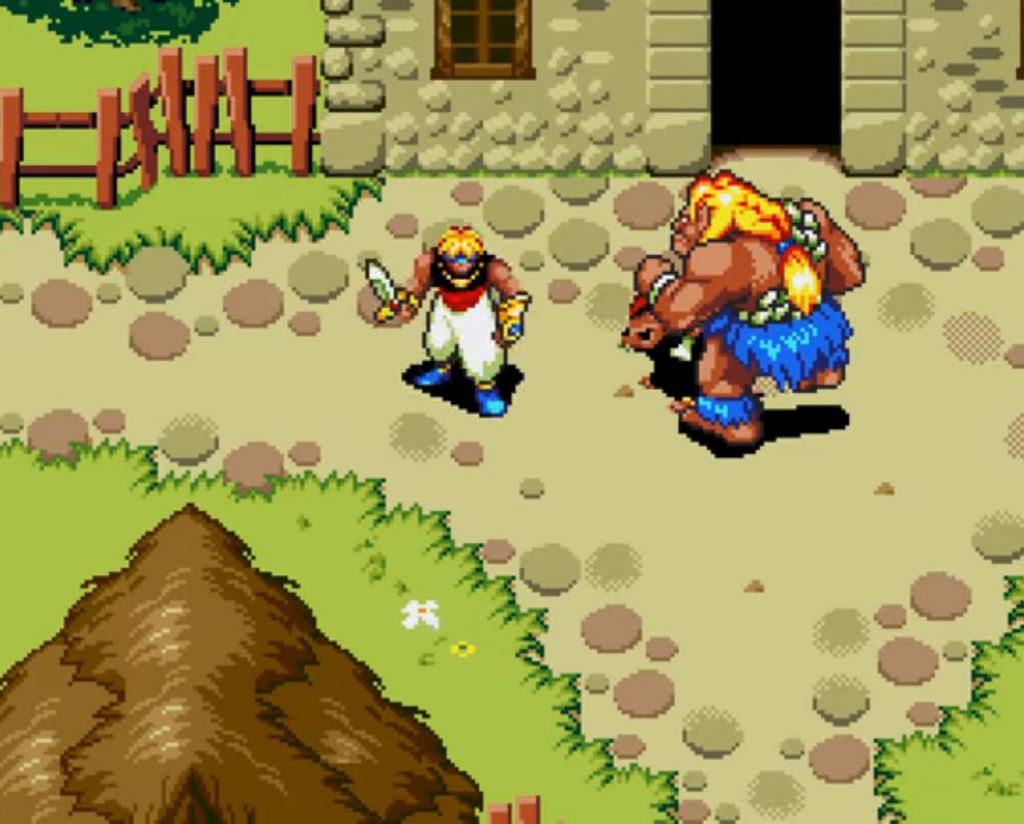
7. Beyond Oasis
Released late into the life cycle of the Genesis, Beyond Oasis was largely overshadowed by the hype for the next generation of consoles. Of course, the fact that the game represented a new IP and strongly resembled The Legend of Zelda probably didn’t help. Expectations for this game weren’t terribly high, but those who took a chance on it found more than just another Zelda clone.
Beyond Oasis features some of the best sprites and animation on the Genesis as well as a plethora of combat options that make the most of the game’s incredible arsenal of weapons and magic. It’s an absolute gem of a game that’s well worth checking out now if you were one of the many who missed it at release.
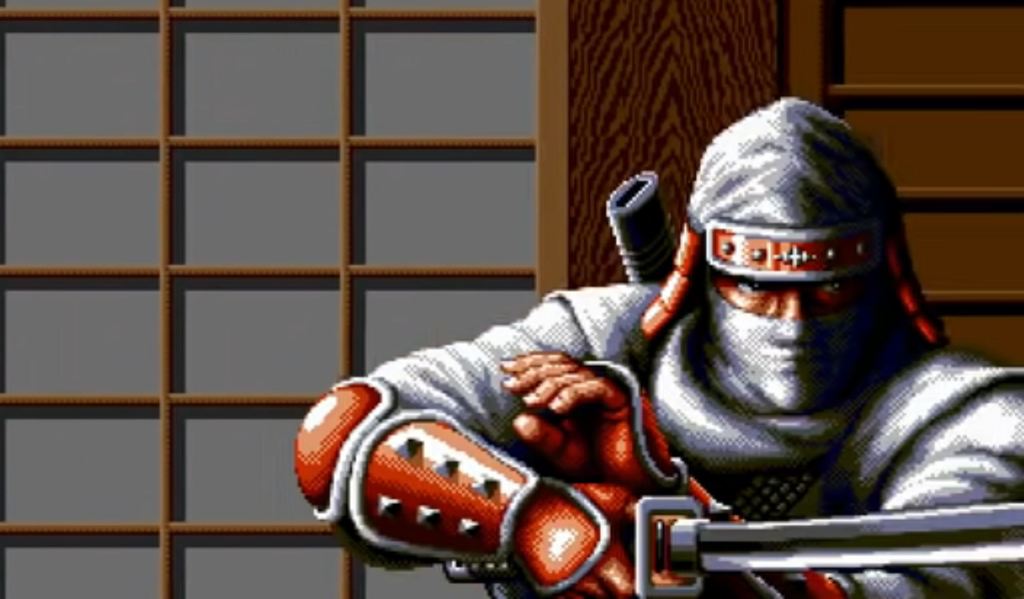
6. Shinobi III: Return of the Ninja Master
Even at the peak of Sega’s popularity, the company struggled to develop new franchises that could compete with Nintendo’s heaviest hitters. For a short period of time, though, Shinobi was almost as good of a reason to own a Genesis as Sonic the Hedgehog was. Granted, there have been plenty of games starring ninjas over the years, but few have ever matched the speed and variety of moves that Joe Musashi has at his disposal in Return of the Ninja Master.
The game is lightning fast, and that sense of speed is only enhanced by some of the best scrolling stages on the Genesis (including the iconic horse riding section). Shinobi III is about the closest a 16-bit game could get to looking and feeling like a big-budget action movie.
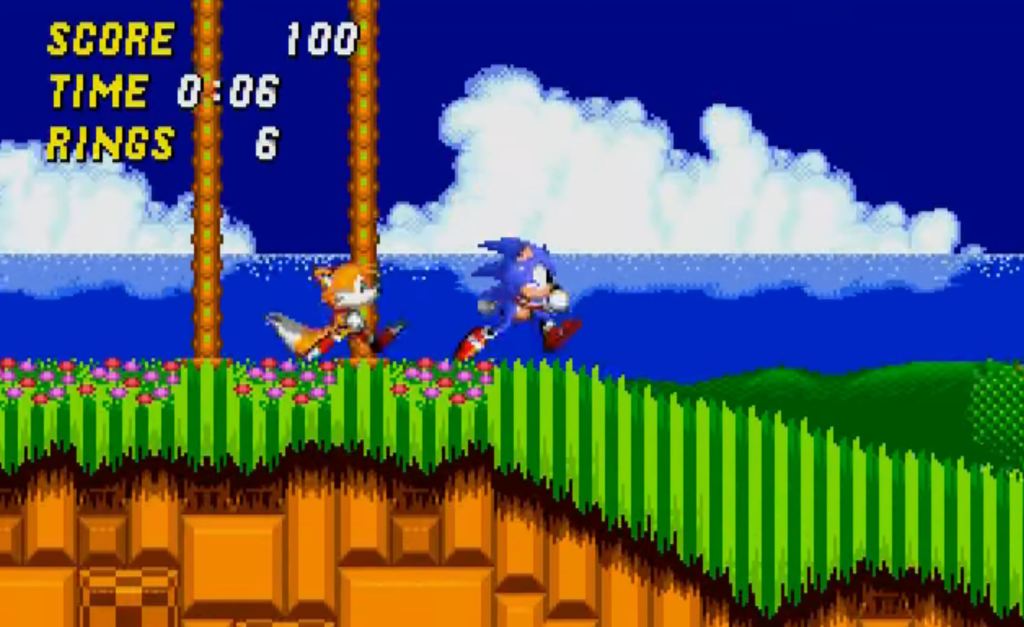
5. Sonic the Hedgehog 2
The first Sonic game was great. It’s arguably the game that kept the Genesis afloat after its shaky first couple of years. However, Sonic the Hedgehog 2 is simply better. Through the introduction of concepts like the spin dash move and running through levels with the assistance of Tails, this game changed the still fresh Sonic formula and set a standard the series has arguably been chasing to this day.
On top of all that, Sonic the Hedgehog 2 features some of the very best levels in the series (including Chemical Plant and Casino Hill). The Sonic series has had plenty of ups and downs over the years, but going back to Sonic the Hedgehog 2 is always an excellent reminder of just how great these games can be when they’re firing on all cylinders.
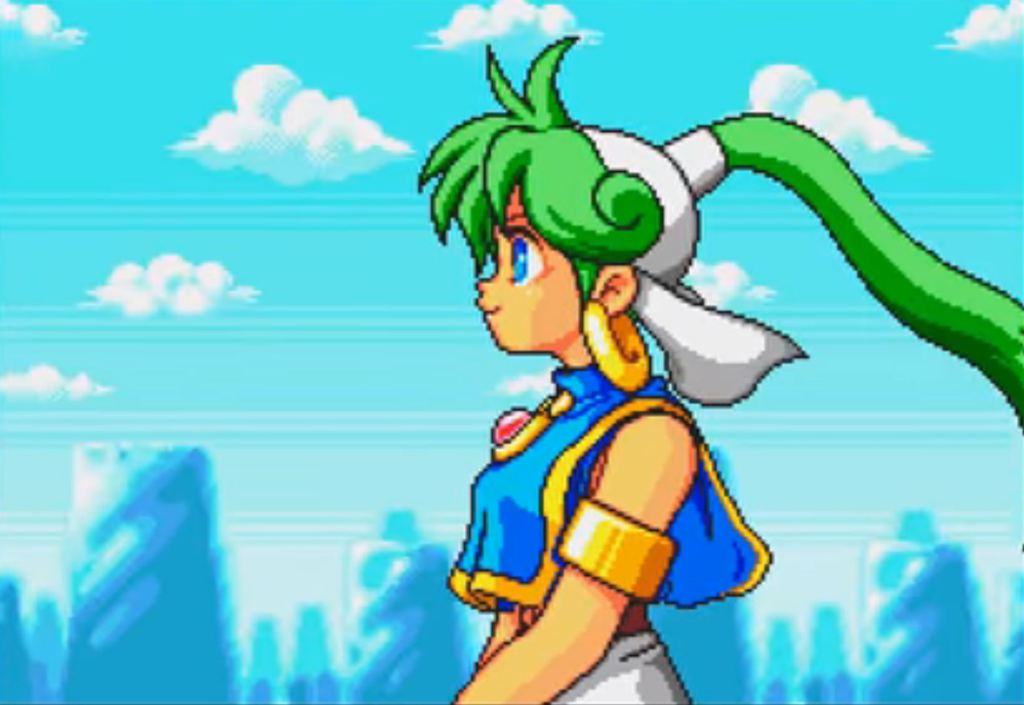
4. Monster World IV
At first glance, Monster World IV looks like a pretty typical ‘90s platformer (albeit quite the colorful one). However, once you actually start playing it, you see just how much depth it boasts. There are tons of upgrades to be found in the game’s sprawling levels, and Asha has plenty of creative moves at her disposal (including the impressive ability to attack in multiple directions in the air). Monster World IV is one of those games that just feels good to play because everything controls so smoothly.
Though the earlier games in the Wonder Boy franchise came stateside, Sega passed on an official North American release of this gem in the ‘90s. It’s easy to track down official versions of the game now (including a fantastic 2021 remake), but it’s something of a mystery why Sega didn’t give a wider release to one of the best games on the console, especially when much worse games enjoyed widespread releases.
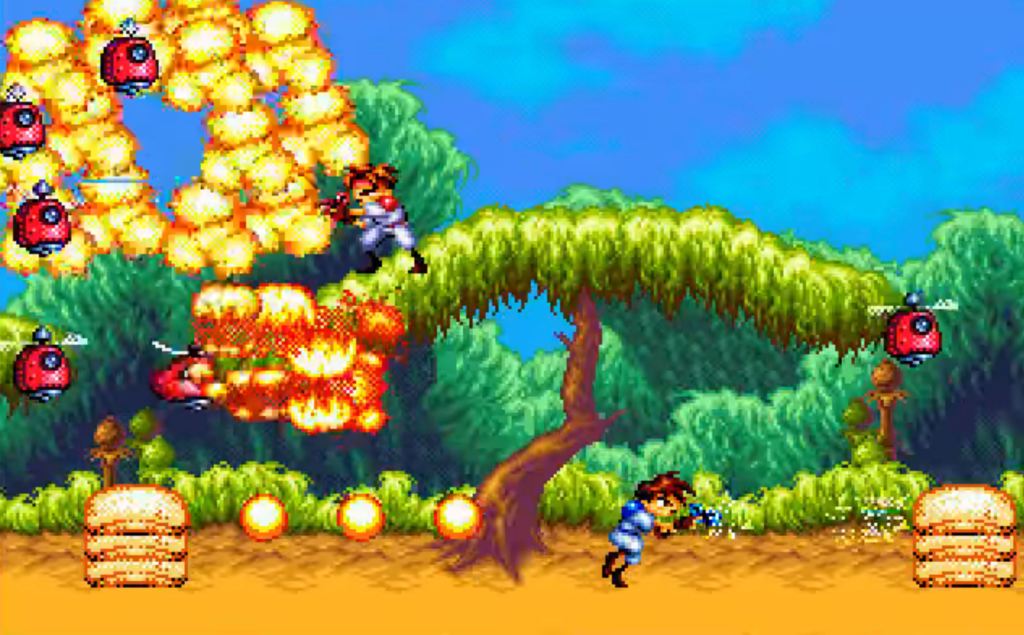
3. Gunstar Heroes
No one outside of this game’s development team believed in Gunstar Heroes initially. It was envisioned by a group of Konami employees who successfully tried to pitch the game to their employer. Desperate, the team behind this game decided to form the now-legendary developer, Treasure. Sega also had no interest in letting that team develop a game for the Genesis at first, and the project almost didn’t get a North American release even when they did approve it. Against all odds, though, Gunstar Heroes finally hit shelves worldwide. It’s now rightfully recognized as one of the greatest action games of all time.
Of course, the game takes heavy inspiration from other run-and-gun shooters (like Konami’s own Contra series), but Gunstar Heroes just does everything better. It’s faster (maybe almost too fast), and Gunstar Red and Gunstar Blue have way more acrobatic moves at their disposal, allowing them to slide and grab enemies as they make their way through the game’s seven epic levels. It’s not the longest game out there, but it’s an absolute blast to play through over and over again.
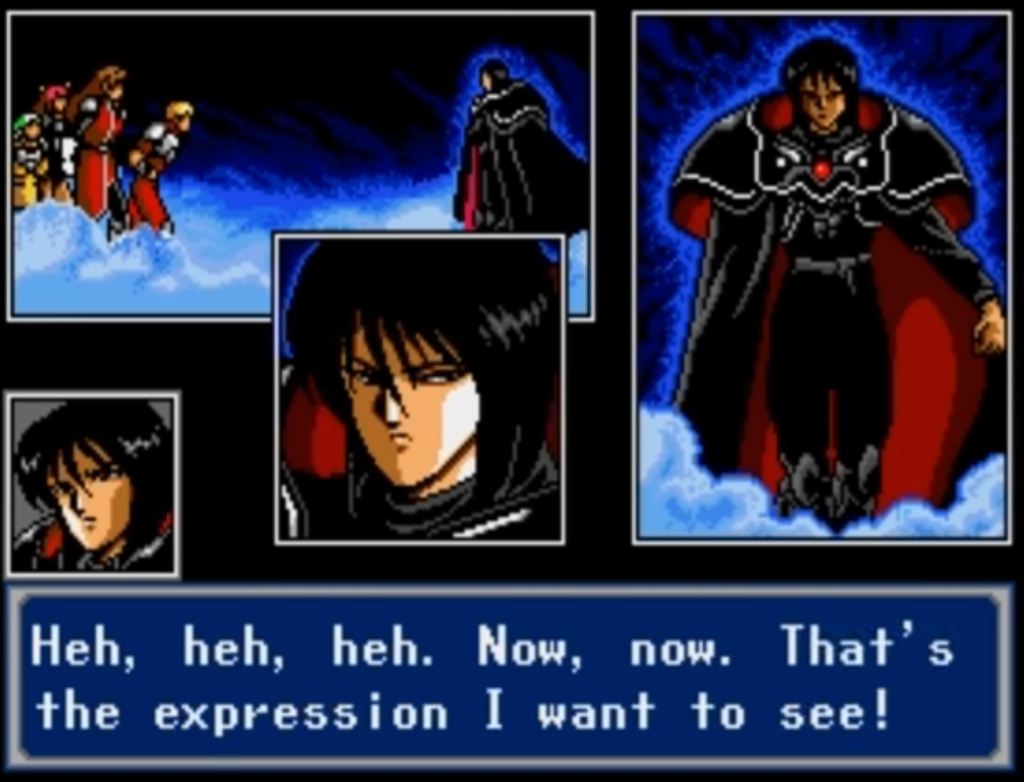
2. Phantasy Star IV
One area where the Sega Genesis really lagged behind the SNES was RPGs. While SquareSoft pumped out hit after hit for Nintendo, the Genesis got….well, not much, to be honest. Except for Phantasy Star. Really, the whole Phantasy Star quadrilogy is excellent, but Phantasy Star IV still stands out as one of the best RPGs ever made thanks to its sprawling interstellar story and an innovative combat system that emphasized combos over just picking the strongest attacks.
Even if the SNES remained the primary console for RPG gamers, Phantasy Star IV showed that those who write off the Genesis’ RPG library deny themselves some irreplaceable experiences.
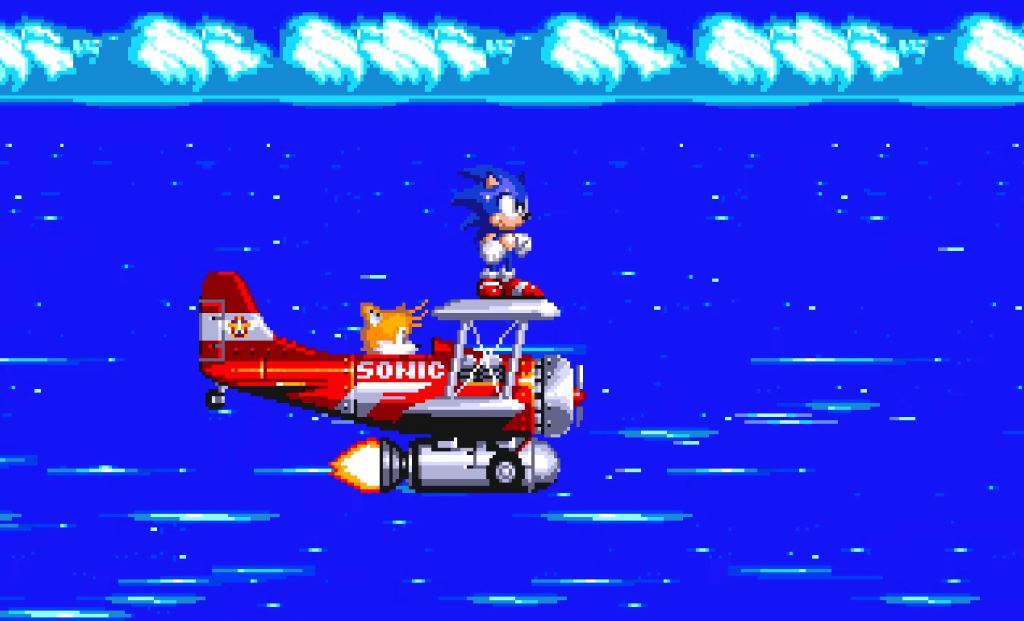
1. Sonic 3 & Knuckles
Yes, this is technically two games, but Sonic the Hedgehog 3 and Sonic & Knuckles were originally designed as one massive Sonic game, and, thanks to the revolutionary lock-on technology, they could even be played as such despite technically being released a year apart from each other.
There is just so much unforgettable content here, from the moment Eggman sets Angel Island on fire in the opening level of Sonic 3 and the introduction of Knuckles to the Alice in Wonderland-inspired Mushroom Hill Zone in Sonic & Knuckles, and the thrilling conclusion in the Death Egg and Doomsday Zones It’s all set to some of the best music in the series (thanks no doubt to the involvement of Michael Jackson). Oh, and when the two games are combined, you can play through any level as Sonic, Tails, or Knuckles, which even alters the layout of some levels, making certain areas only accessible to a specific character.
The amount of content in Sonic 3 & Knuckles is unparalleled for any platformer of the era, on either the Genesis or the SNES. This is the very best experience available on the Genesis, and to this day it’s quite possibly the best Sonic game ever made.
